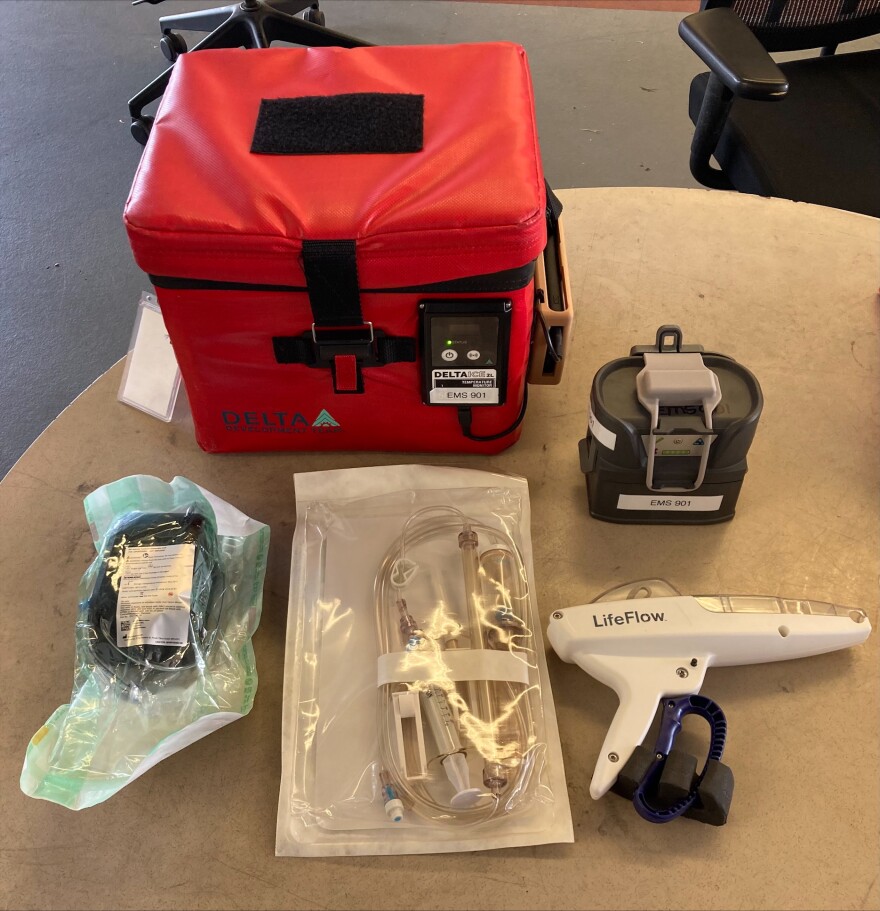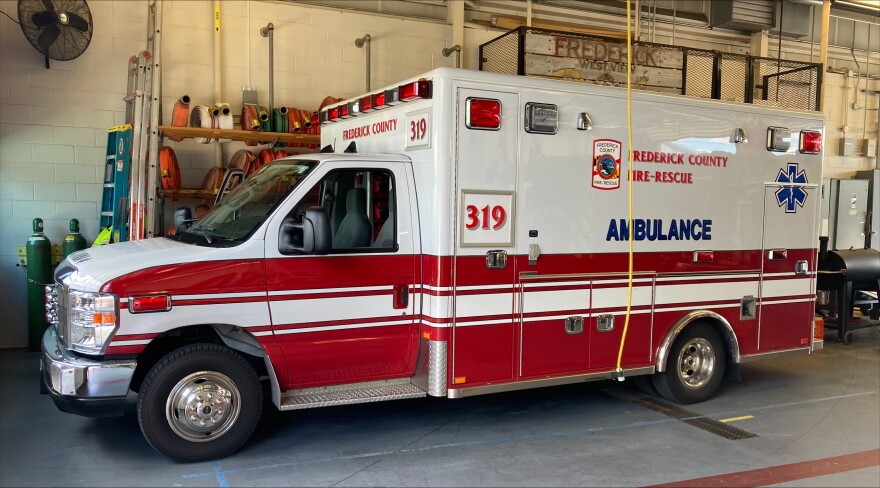Frederick County’s whole blood program has served 10 patients since its creation in February.
Introduced in April, the program is a partnership between Frederick County and Inova Blood Donor Services (IBDS). IBDS is a non-profit focusing around providing safe blood supplies to people in need.
Whole Blood
Blood transfusions often involve only part of a blood sample, such as plasma or platelets, whereas a whole blood transfusion uses a complete blood sample. According to the Emergency Medical Services Government Website, patients who receive a whole blood transfusion in the field are four times as likely to survive.
Additionally, a 2023 study showed that for every minute prehospital resuscitation is delayed, the odds of death within 30 days of the emergency go up by 2%. Despite this, less than 1% of Emergency Medical Services around the county offer whole blood transfusions.

First responders
Margaret Nowaczyk, a Lieutenant Medic with Frederick County’s EMS, has gotten the chance to use the equipment on a real patient. She says she can see the difference in her patients in real time. “To see the change almost immediately, in vital signs, in patient appearance, is pretty tell tale that it is something that needs to happen as soon as it’s identified that there’s a need for it,” Nowaczyk said.
Storing, transporting and administering whole blood samples requires delicate equipment, Nowaczyk said. The blood needs to be kept strictly between 2 and 6 degrees celsius, or 35 and 42 degrees fahrenheit. “We have a cooler, and it has a core that we replace every morning,” Nowaczyk said. “And during the warmer months, in the evenings.”
When it's time for the blood to be administered, a device is used to warm it to the proper temperature in the field.

Before this technology was available, Nowaczyk says if a patient needed blood, the trip to the hospital was a waiting game. “It was sort of a ‘hold them off’ situation.” Nowaczyk said. “For patients involved in a traumatic injury, we would drive them -if we couldn’t fly them- to a trauma center.”
Now that Nowaczyk can administer blood right at the scene of an emergency, she says everything starts to slow down. Her team members can care for the patient while she uses the equipment to prepare the blood.
Frederick County must hold two blood drives per year, as part of its partnerships with IBDS, in order to supply the program with the necessary amounts of blood.


